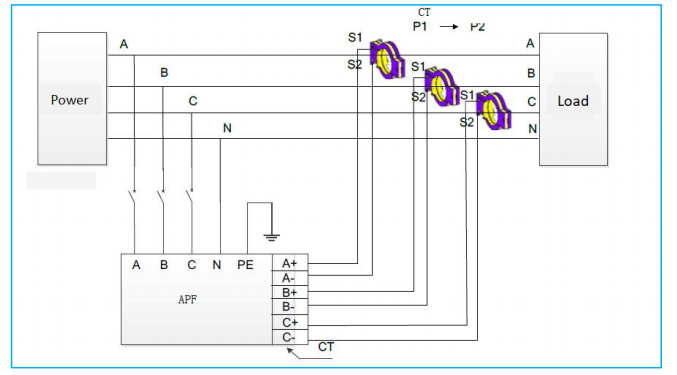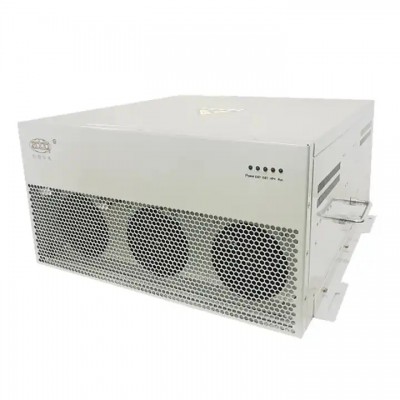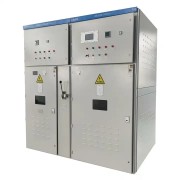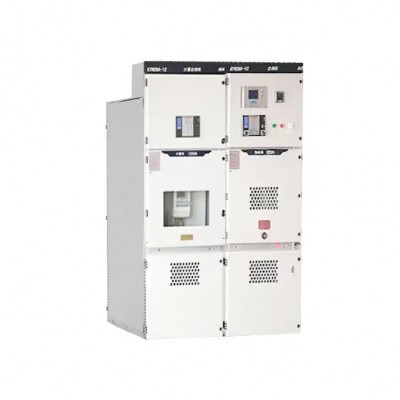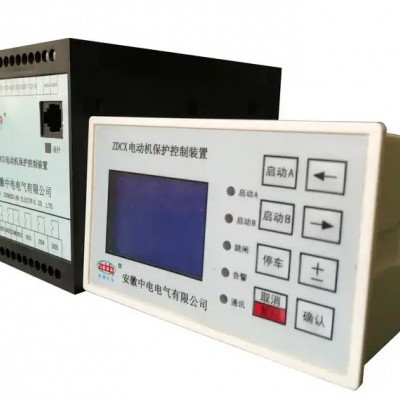Overview
Essential details
Place of Origin:
Anhui, China
Brand Name:
ZHONGDIAN
Model Number:
ZD-AMS
Color:
RAL 7032/7035
Product Name:
Rack type APF active power filter
Rated Voltage:
Low voltage
Phase:
3 phase 3 wire,3 phase 4 wire
Rated Frequency:
50Hz/60Hz
Compensation current:
30~600A
Filter range:
2nd~50th order harmonics
Harmonic filtering rate:
≥85%
Response time:
<7ms
Certificate:
IEC
Key Words:
APF AHF active power harmonic filter
Supply Ability
Supply Ability
3000 Set/Sets per Month
Packaging & delivery
Packaging Details
durable wooden case with pallet for Rack type APF active power filter
Port
shanghai
Picture Example:


Lead time:
Quantity(sets) 1 - 2 >2 Lead time (days) 20 To be negotiated
Video Description
Recommend Hot Sale Products
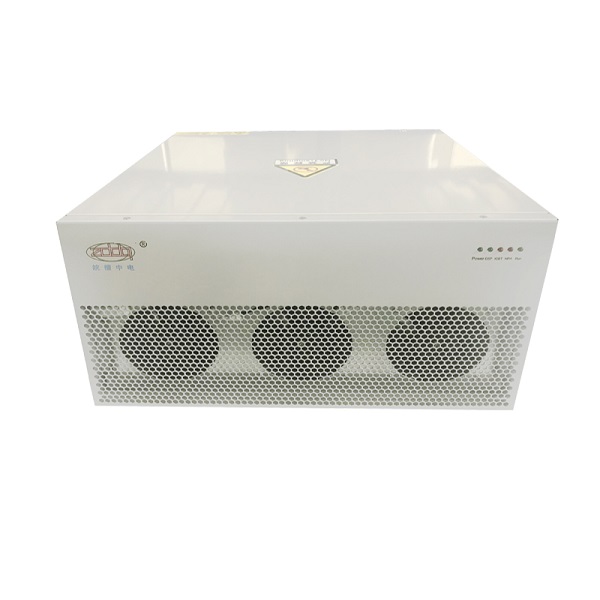
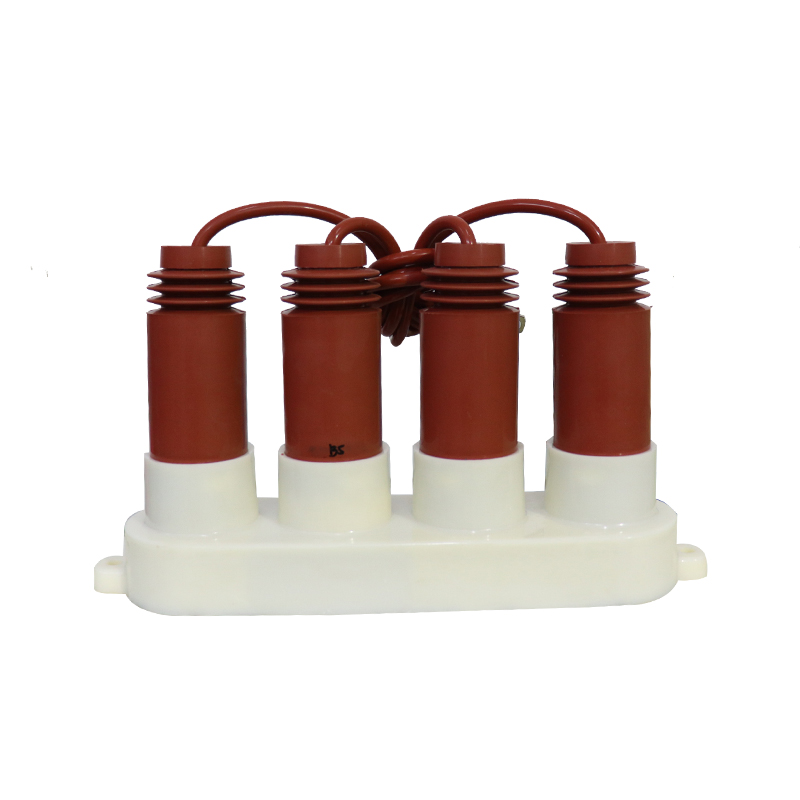
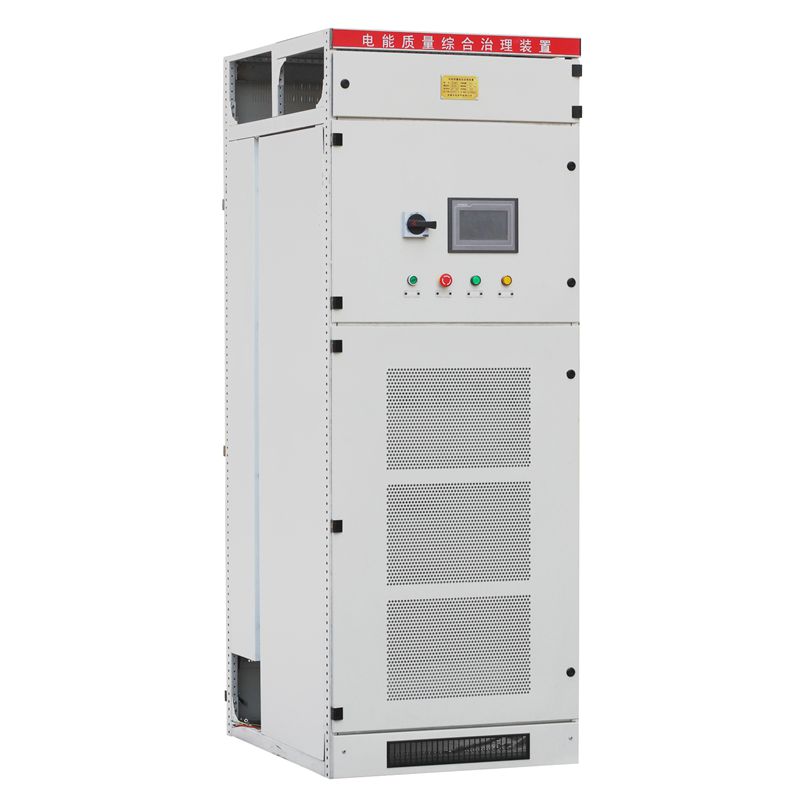

Product Description
Rack type APF active power filter
APF active power harmonic filtersZDDQ Series APF is connected in parallel with non-linear loads, and uses one set of current transformers (CT) to detect the load current. It calculates each order harmonic current by FFT algorithms in its DSP microchips, and then generates a compensating current with the same amplitude but opposite phase angles to the detected harmonic current, which cancels out the original load harmonics.The ZDDQ series APF not only eliminates harmonic current from the load side, but it also mitigates harmonic voltage caused by harmonic currents. The APF system can also improve power factor (PF) and correct load imbalances in the power system.
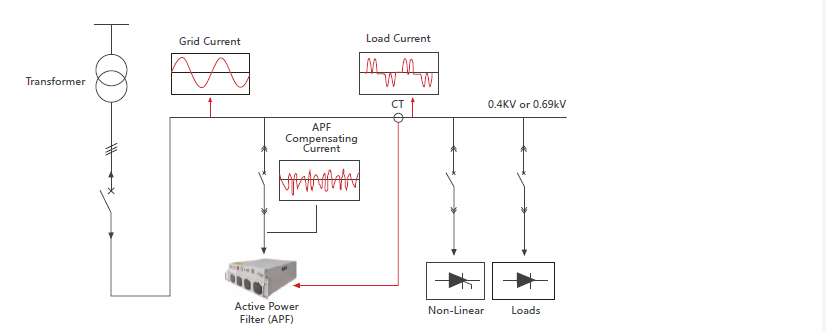
AHF Structure
ZDDQ Series APF has a modular design. Usually active power filter system consists of one or several APF modules and an optional Liquid Crystal Monitor & Control Panel (LCM). Each APF module is an independent harmonic filtering system, and users can change the harmonic filtering system rating by adding or removing APF modules.According to the mounting type, ZDDQ series APF can be divided into Modular APF and Wall-mounted APF.

Wall Mounted AHF Module
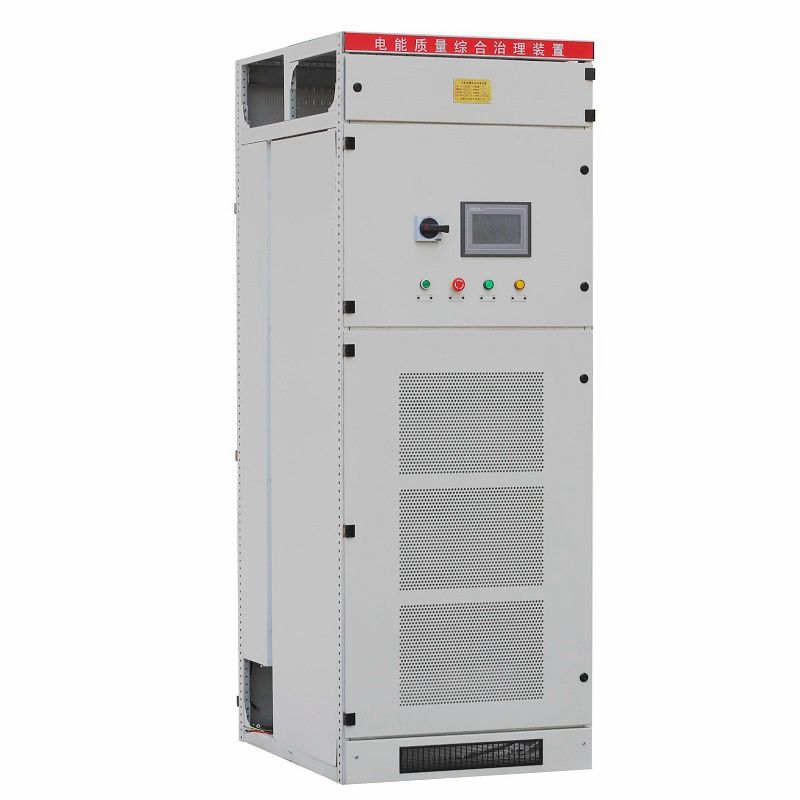
Rack Type Active Harmonic Filter Panel
Design Scheme
Data Required For Design1.Rated voltage of power system
2.Total volume of harmonic needed for compensation within power system
3.Compensation capacity required by power system
4. Installment requirements and cable arrangement
